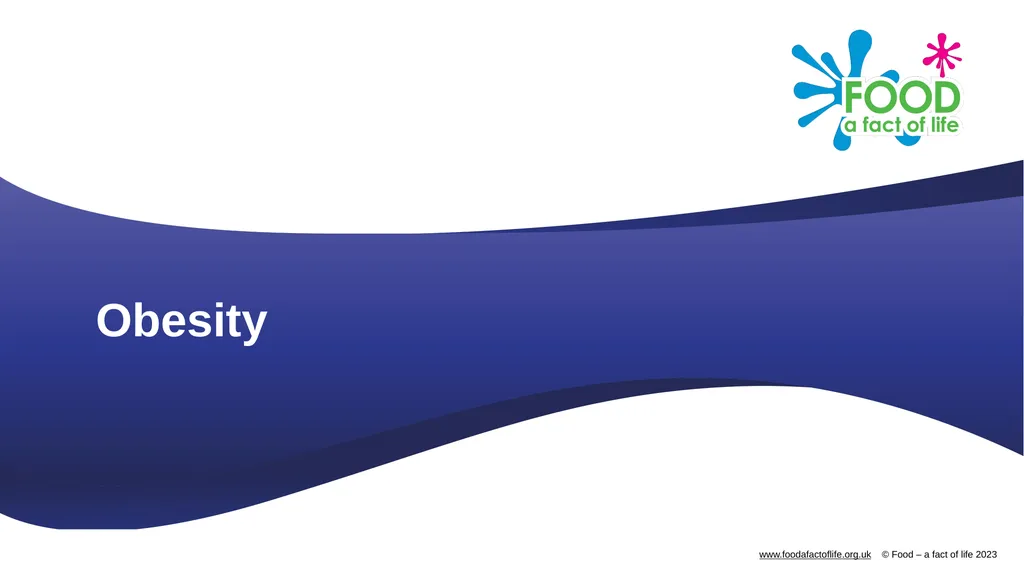Obesity Overweight and obesity In the UK and many
Author : ellena-manuel | Published Date : 2025-05-13
Description: Obesity Overweight and obesity In the UK and many other developed countries overweight and obesity rates in adults and children have been increasing over the years In 2021 26 of adults in England were obese A higher proportion of men
Presentation Embed Code
Download Presentation
Download
Presentation The PPT/PDF document
"Obesity Overweight and obesity In the UK and many" is the property of its rightful owner.
Permission is granted to download and print the materials on this website for personal, non-commercial use only,
and to display it on your personal computer provided you do not modify the materials and that you retain all
copyright notices contained in the materials. By downloading content from our website, you accept the terms of
this agreement.
Transcript:Obesity Overweight and obesity In the UK and many:
Obesity Overweight and obesity In the UK and many other developed countries, overweight and obesity rates in adults and children have been increasing over the years. In 2021, 26% of adults in England were obese. A higher proportion of men than women were either overweight or obese (69% compared with 59%). It is important to lead an active lifestyle and make healthier food choices. Overweight and obesity in adults - NHS Digital Over nutrition Over nutrition is a problem usually associated with developed countries, such as the UK. The most common form of over nutrition is having an energy intake in excess of needs, resulting in overweight and obesity. Very high intakes of minerals and fat-soluble vitamins (more can usually be obtained from food sources alone) can be toxic. This is because they are stored in the body, e.g. vitamin A is stored in the liver. Obesity People who are obese are more likely to suffer from: • coronary heart disease; • type 2 diabetes; • gall stones; • arthritis; • high blood pressure; • some types of cancers, i.e. colon, breast, kidney and stomach. Body mass index (BMI) Body Mass Index (BMI) can be used to identify if an adult is a correct weight for height. BMI can be calculated as follows: BMI = weight (kg) (height in m)2 Recommended BMI range (adults) Less than 18.5 Underweight 18.5 to 25 Desirable or healthy range 25-30 Overweight 30-35 Obese (Class I) 35-40 Obese (Class II) Over 40 Morbidly or severely obese (Class III) BMI calculation Calculate the BMI. Click the colour blocks to reveal the answers. 51kg 82kg 78kg 1.7m x 1.7m 1.95m x 1.95m 1.63m x 1.63m = 17.6 BMI = 21.6 BMI = 29.4 BMI Underweight healthy weight overweight Samantha Height: 1.70m Weight: 51kg 2. Dale Height: 1.95m Weight: 82kg 3. Ruth Height: 1.63m Weight: 78kg Energy balance To maintain body weight it is necessary to balance energy intake (from food and drink) with energy expenditure (from activity). This is called energy balance. When energy intake is higher than energy output, over time this will lead to weight gain (positive energy balance). When energy intake is lower than energy output, over time this will lead to weight loss (negative energy balance). Positive energy balance A person is said to be in positive energy balance when the diet provides more energy than is needed to meet energy demands of














